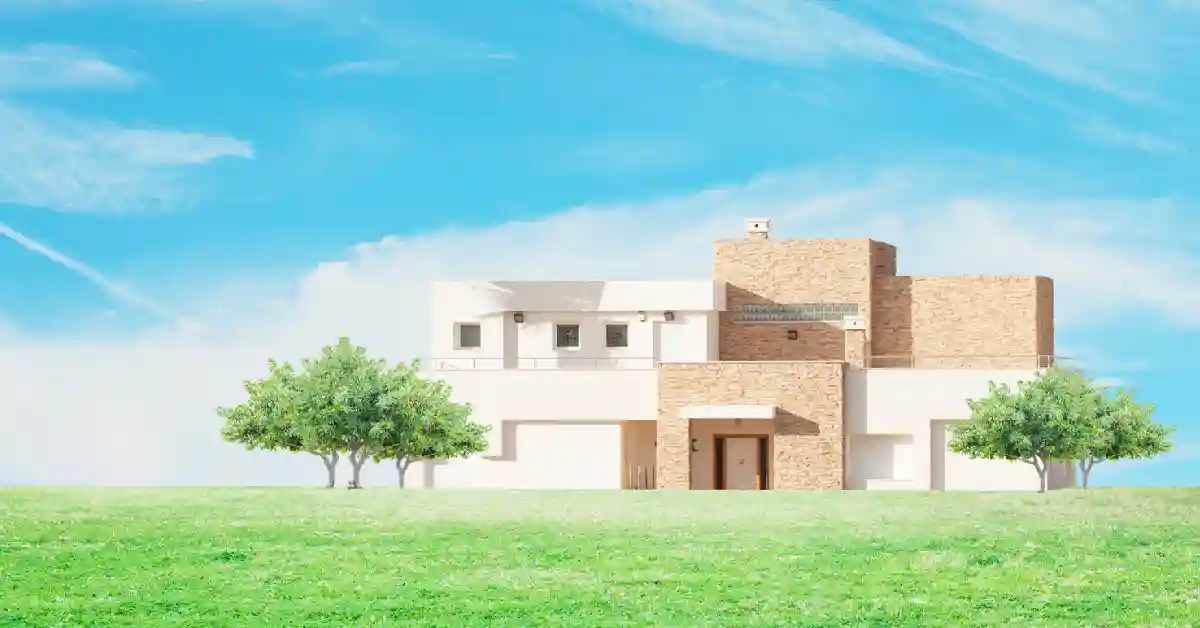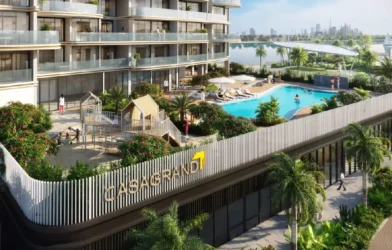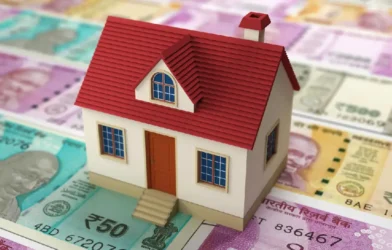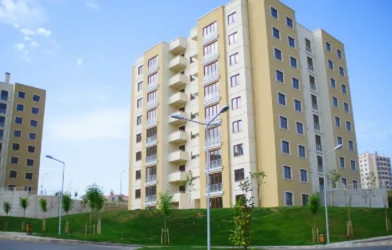Subtotal ₹0.00
Te year 2024 was a positive and productive year for different asset classes of real estate, especially office real estate which had a record run. The residential segment which had a robust run in the first half of CY 24, however experienced slowdown in September and December quarters amidst affordability concerns. Vinod Behl
In the September quarter, housing sales in the top 9 cities, according to Prop Equity fell 18% compared to the same period in 2023.Further, in the festive December quarter, YoY sales fell in Hyderabad, Kolkata, Mumbai, Pune, Thane, Navi Mumbai, Bengaluru and Chennai, with highest 47% in Hyderabad. The QoQ data for December quarter shows that sales declined in three cities of Chennai (10%), Pune & Mumbai (4%), while in Delhi-NCR , Bengaluru , Hyderabad , Thane, Kolkata sales went up , with maximum 20% in Delhi-NCR. Overall, there was a 5% increase in sales in Q4 2024 against Q3 2024.
In December quarter housing supply also fell on YoY basis in Hyderabad, Thane, Pune, Kolkata, Navi Mumbai, Mumbai, Chennai and Bengaluru, ranging from 11% to 52%. On a QoQ basis the supply declined in three cities – Chennai(10%), Pune & Mumbai (4%). However in 5 cities of Delhi-NCR, Bengaluru, Hyderabad, Thane and Kolkata , supply rose between 2% and 20% whereas there was no change in Mumbai.
Tier 2 cities considered to be the engine of growth, also saw dip in sales. In the September quarter, housing sales in the top 30 Tier 2 cities fell 13%, compared to the same period in 2023, according to PropEquity data. Panipat, Sonipat and Agra respectively had 59%, 54% and 33% dip in sales while Bhopal, Dehradun, Coimbatore saw an increase in sales with highest 268% in Bhopal.
The year 2024 was a year of boom in luxury housing. In the first nine months of 2024, the share of luxury housing sales shot up to 16% , up from 6% in 2019, with Delhi-NCR, Mumbai, Hyderabad, accounting for 90% of luxury housing sales. Luxury home sales surged 37.8% across the top 7 cities in the January – September period. The spurt in luxury housing was at the cost of affordable housing which got a hit in 2024, on account of rising prices, higher home loan rates and increased construction costs .Housing prices rose up to 65% in top 30 Tier 2 cities. In Q3 housing prices increased 11% , continuing 15 quarter growth. In Delhi-NCR, housing prices have increased by 75% since 2020.
The office sector gave a stellar performance in 2024, with absorption of Grade A office space set to touch 45-50 msf. Coworking and managed office spaces accounted for about 20% of total office space leasing . Global Capability Centres (GCCs) were the biggest driver of office real estate, set to carve out a share of 30% in overall office leasing.
On the retail front , despite limited space addition , the sector boomed with 5.3 msf of leasing in top 7 cities in 9M 2024, with Bengaluru, Delhi-NCR and Mumbai accounting for 59% of total leasing activity. Luxury retail contributed to 0.15 msf of leasing. The total retail leasing is expected to exceed 6.5-7.5 msf by 2024 end.
The Alternate Real Estate had a healthy run in 2024. Industrial & Warehousing segment had 17% annual growth in 9M2024, registering 20.2 msf of leasing across top 5 cities. The new supply at 21.6 msf saw 29% rise YoY. The Data Cenre sector grew rapidly in 2024 and is expected to touch 1600 Mw capacity by the end of the year on account of policy support and robust demand from BFSI , technology and telecommunication sectors and from growth in Tier 2 cities.
Going ahead, in 2025, residential sector has a positive outlook on account of growing economy, supportive regulatory environment, enhanced transparency and greater institutionalisation of the real estate sector leading to robust domestic and global investments. Stabilised prices and reduced home loan rates along with policy push to boost supply and demand of affordable housing will be the key to sustained residential growth.
The office market will maintain sustained upward momentum in 2025 on account of robust demand, though the challenge will be to maintain demand-supply equilibrium. In 2025, the growth of retail sector will continue and according to Deloitte, organised retail share will grow from 18-20% to 25-30% by 2025. There is likely to be addition of 60 shopping malls between 2023 and 2025.
The Industrial and warehousing sector is set for continued growth , fuelled by healthy domestic demand, enhanced logistics efficiency and manufacturing boost, besides increased opportunities in Tier 2 cities for micro fulment centres. The data centre sector is also poised for further growth in 2025, with its capacity reaching 2070 MW and total stock touching 31 msf.














